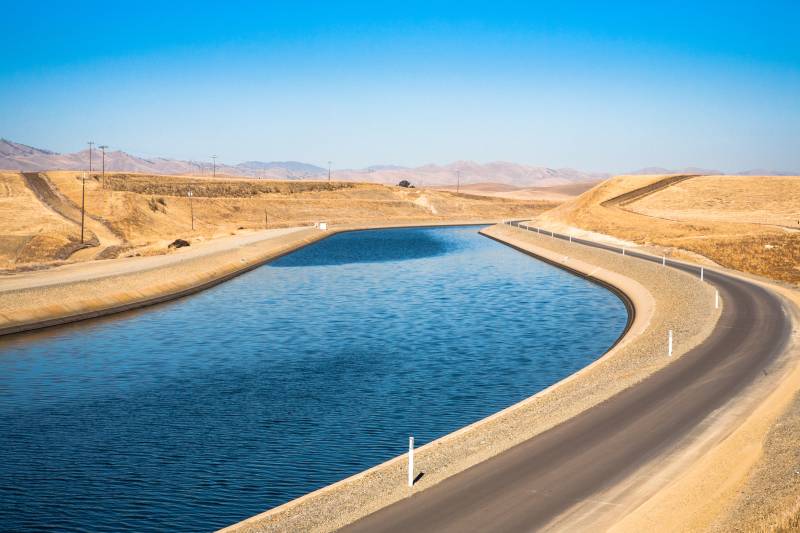California water agencies that serve 27 million people will get just 5% of what they requested from the state to start 2023, water officials announced Thursday.
The news of limited water comes as California concludes its driest three-year stretch on record and as water managers brace for a fourth year with below-average precipitation. But if the winter is wetter than expected, the state could boost how much supply it plans to give out — as it did last year when allocations started at 0% and ended the winter at 5%.
Absent an end to the drought, water-saving measures are poised to continue, including calls for people to rip up decorative grass, limit outdoor watering, take shorter showers and run dishwashers only when full. Much of California is in extreme or exceptional drought, according to the U.S. Drought Monitor.

